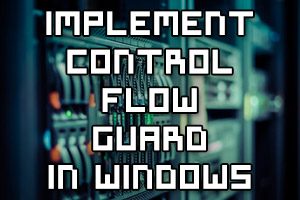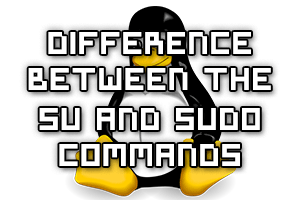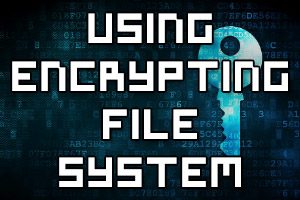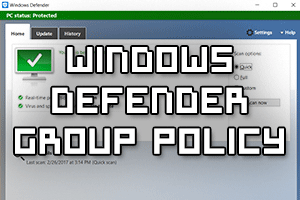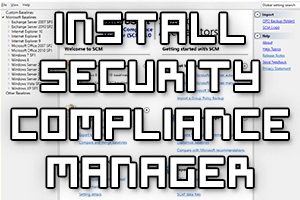
Microsoft’s Security Compliance Manager (SCM) is used to access and automate Windows security baselines from a central location. We’ll show you how to install and configure Security Compliance Manager 4.0 which adds support for Windows 10 and Windows Server 2016.
SCM will allow you to plan, create, manage, analyze and customize security baselines for all Windows systems within your environment quickly and efficiently.



